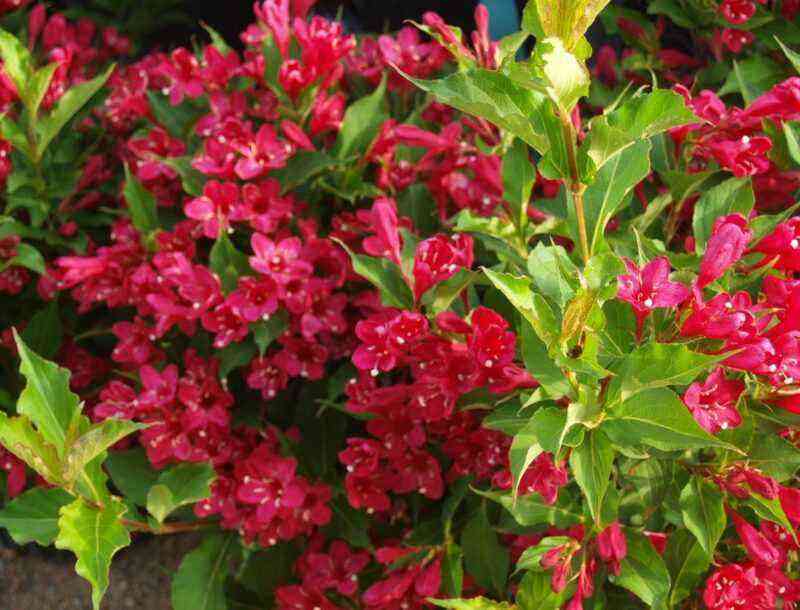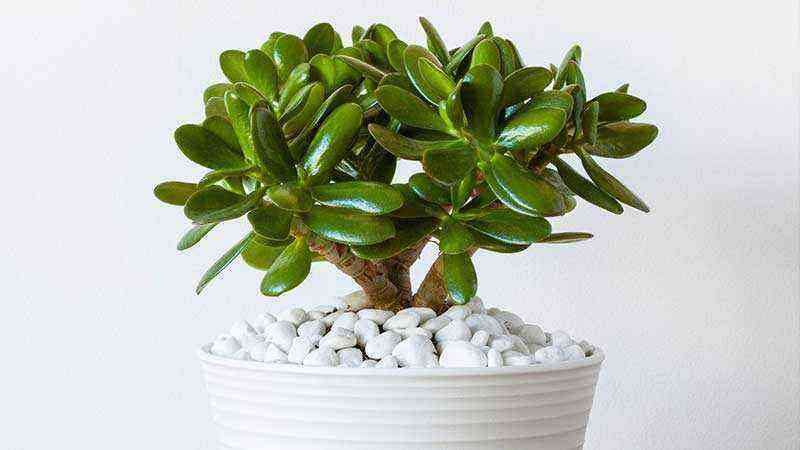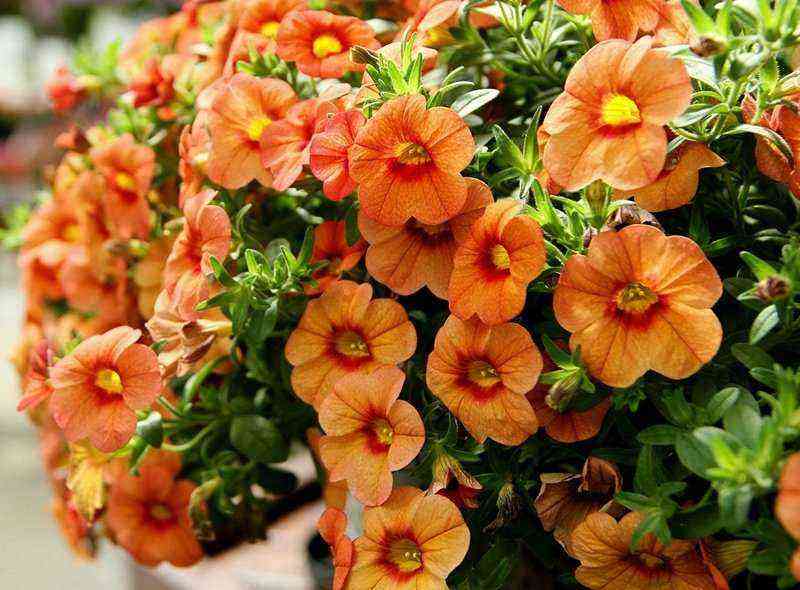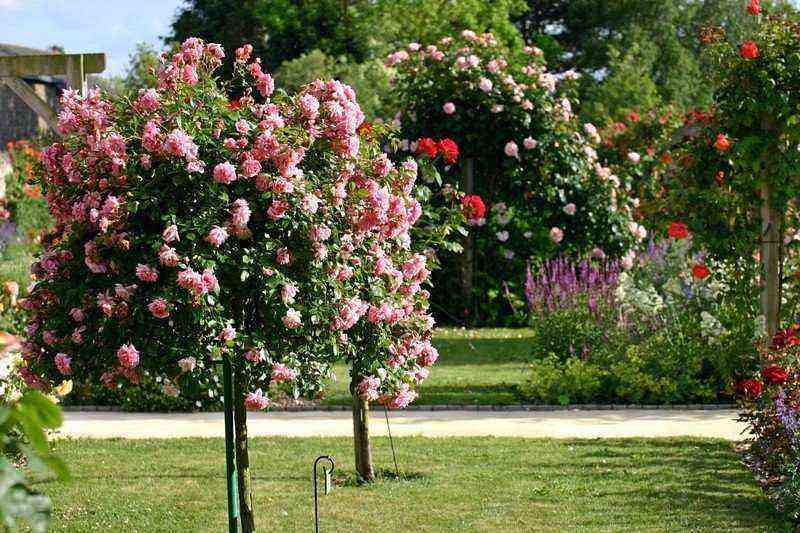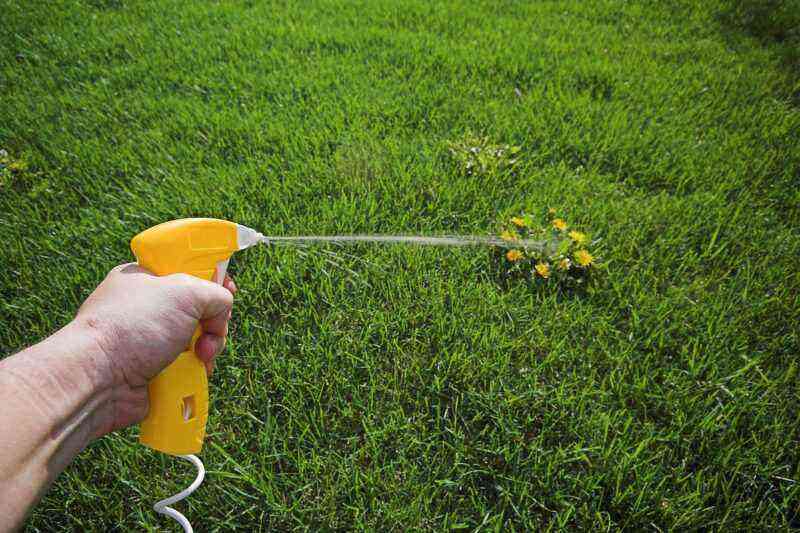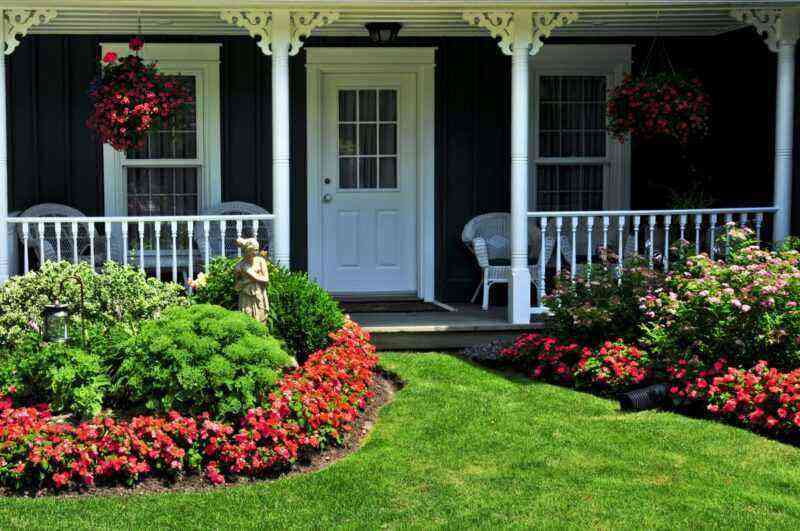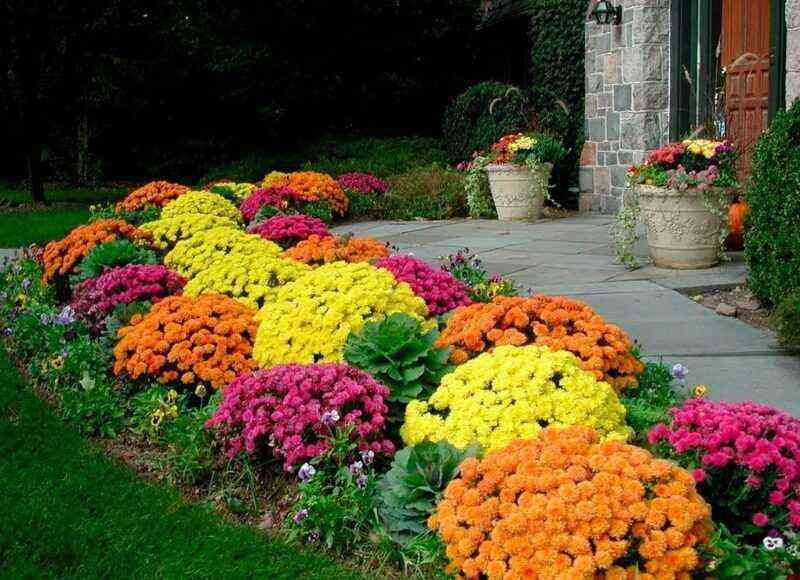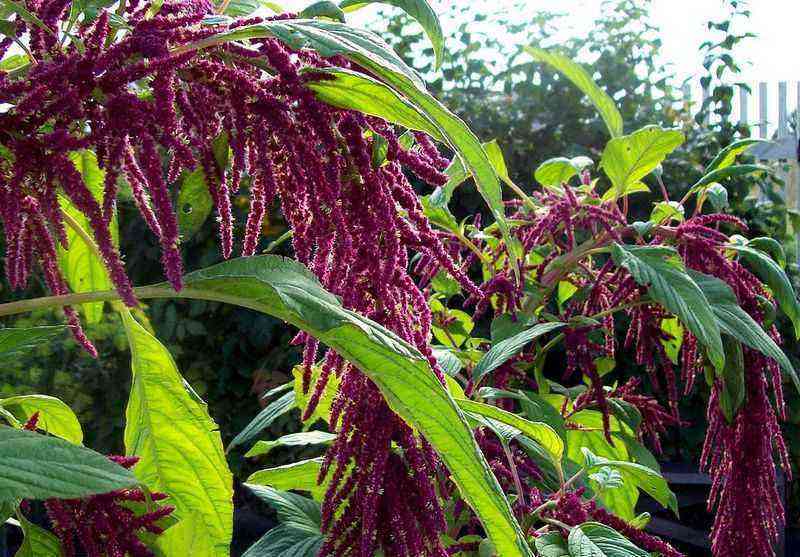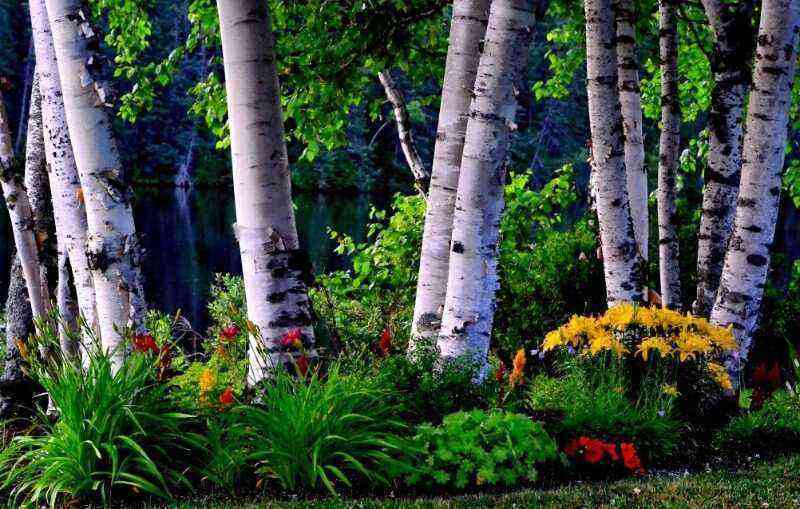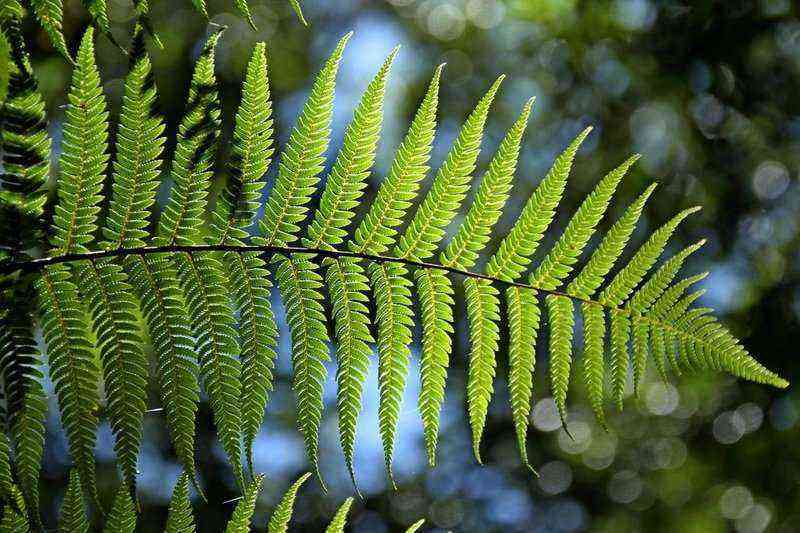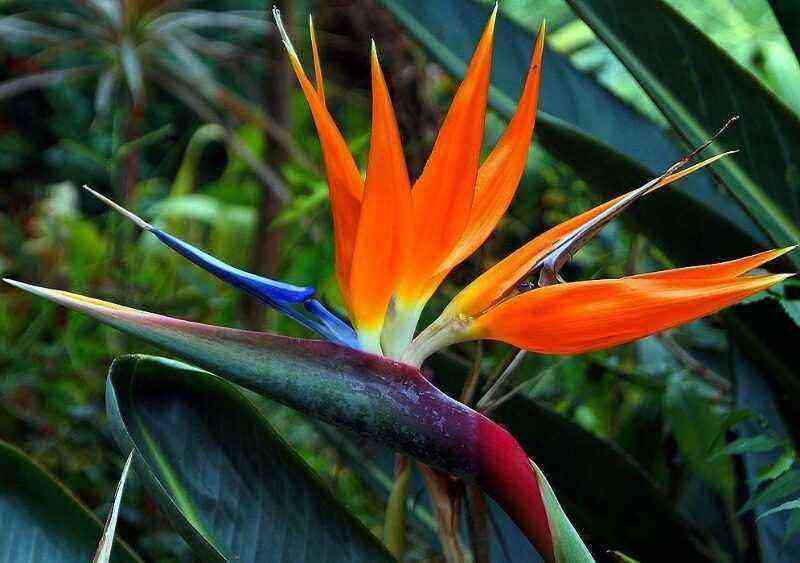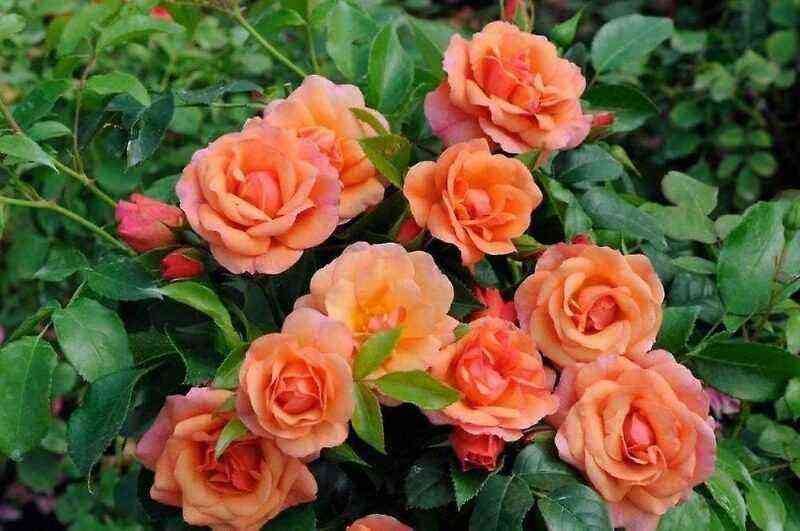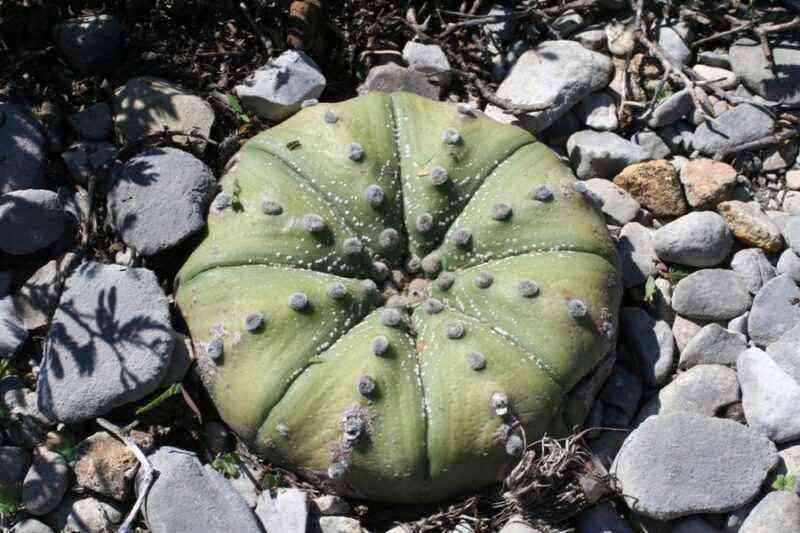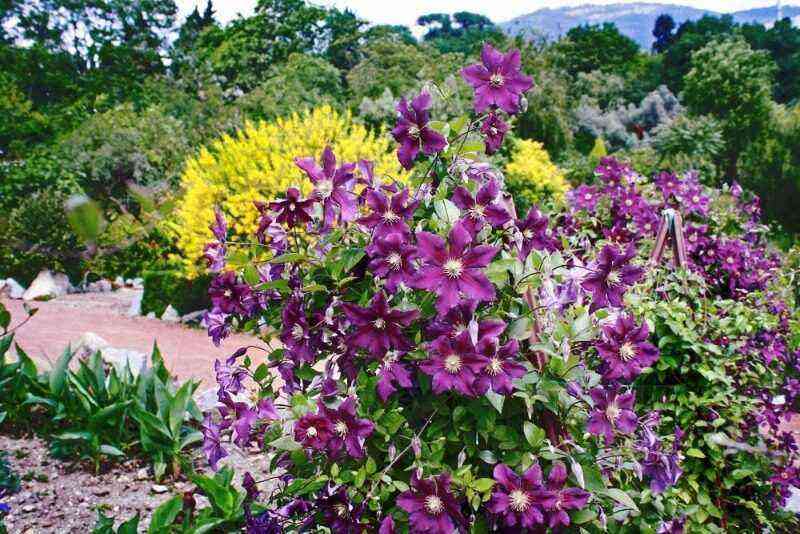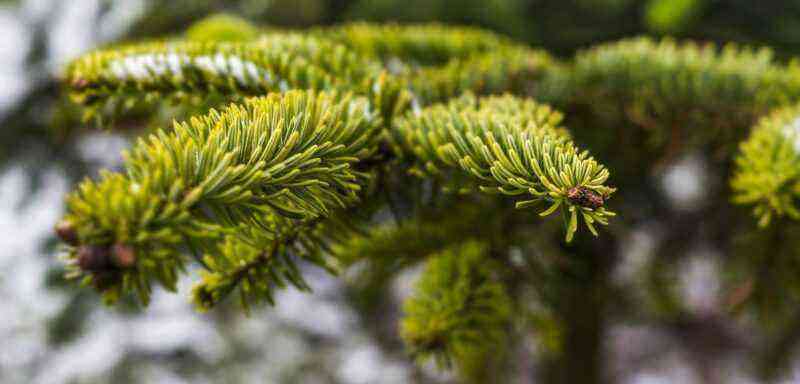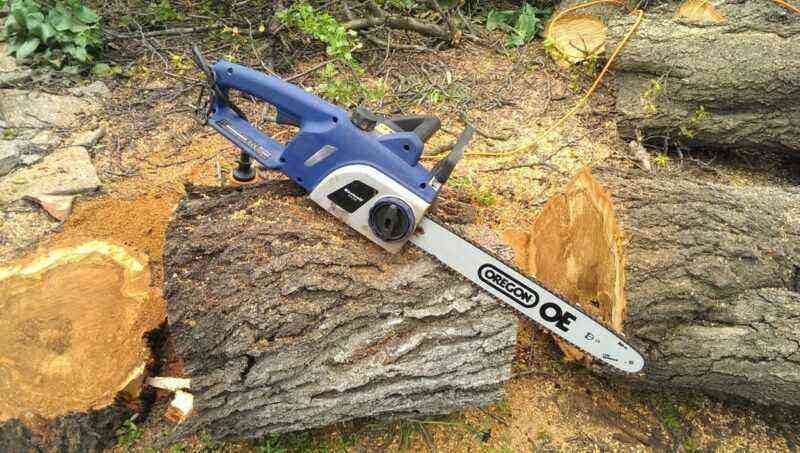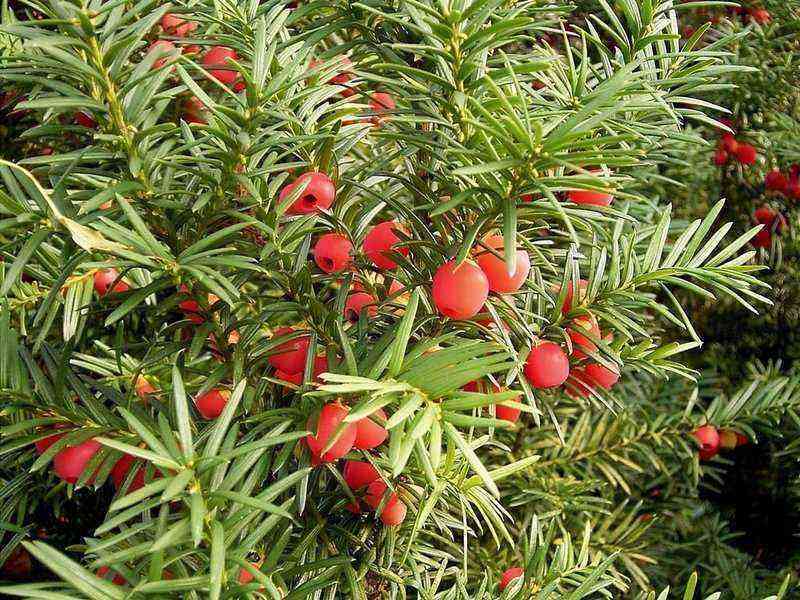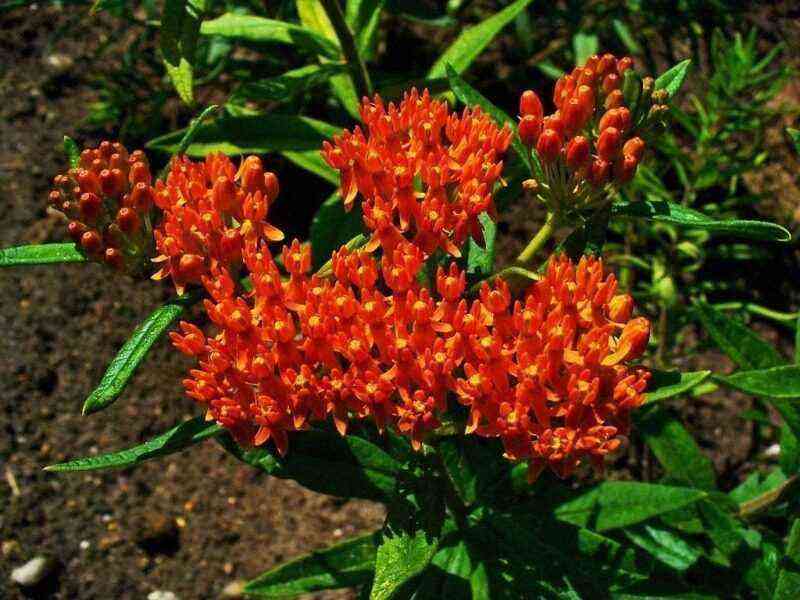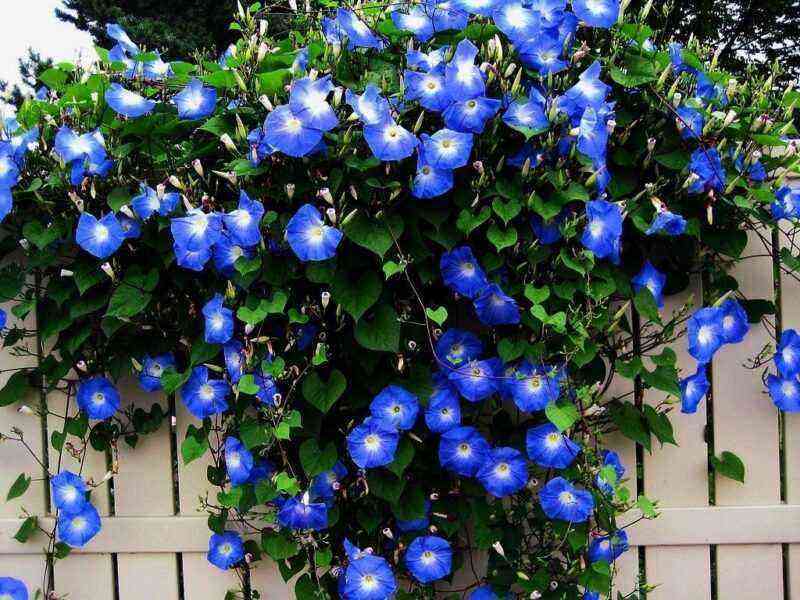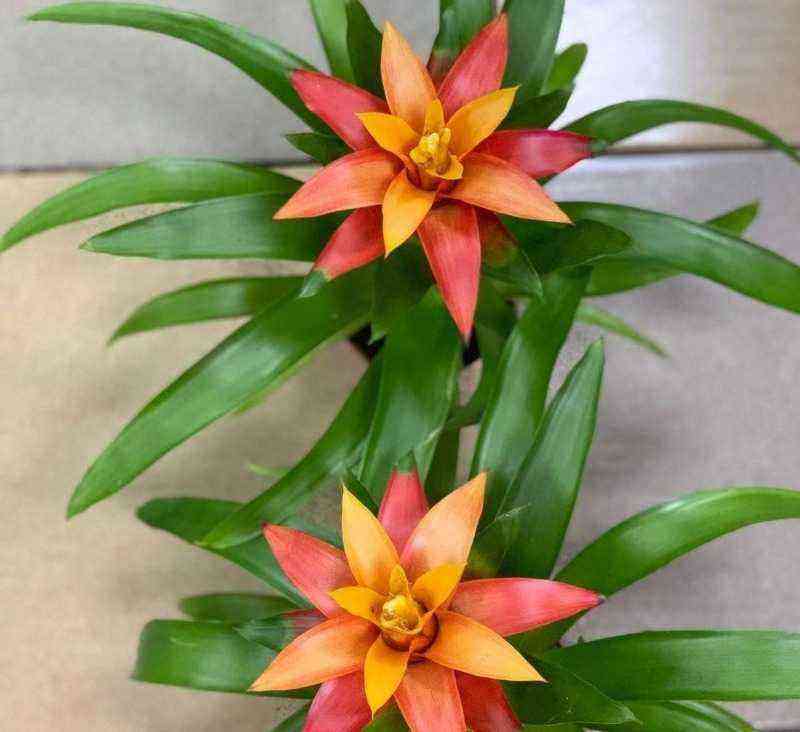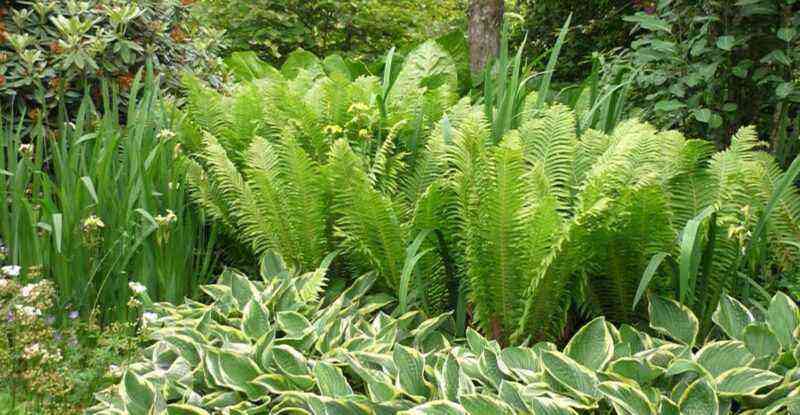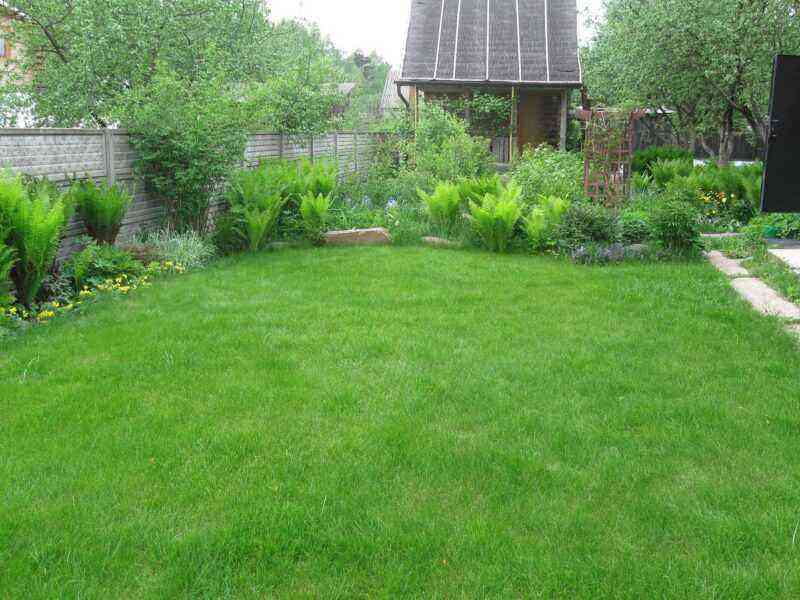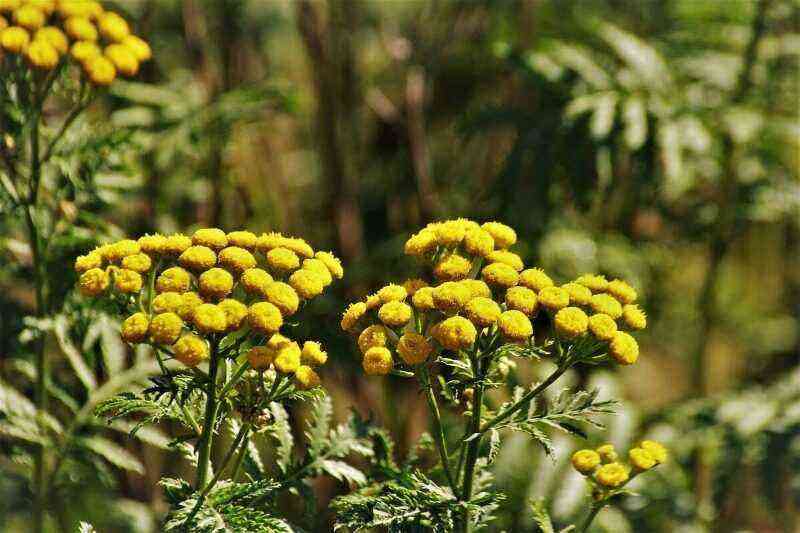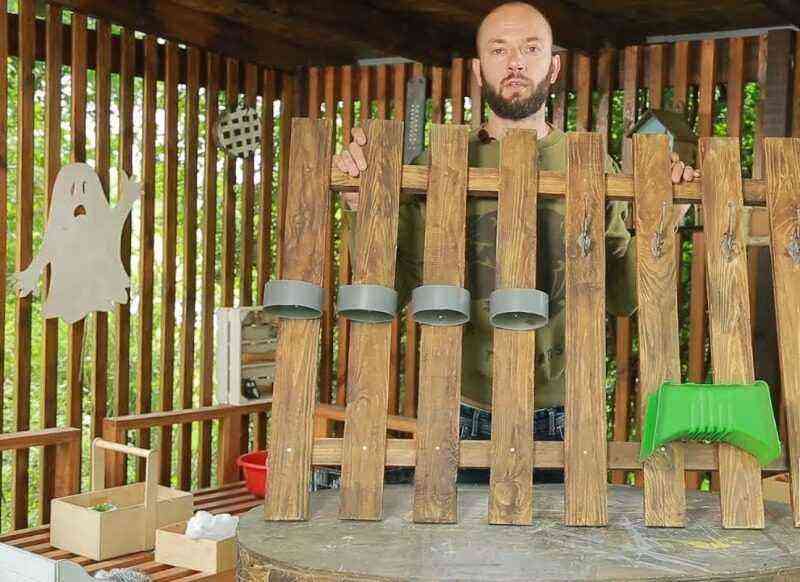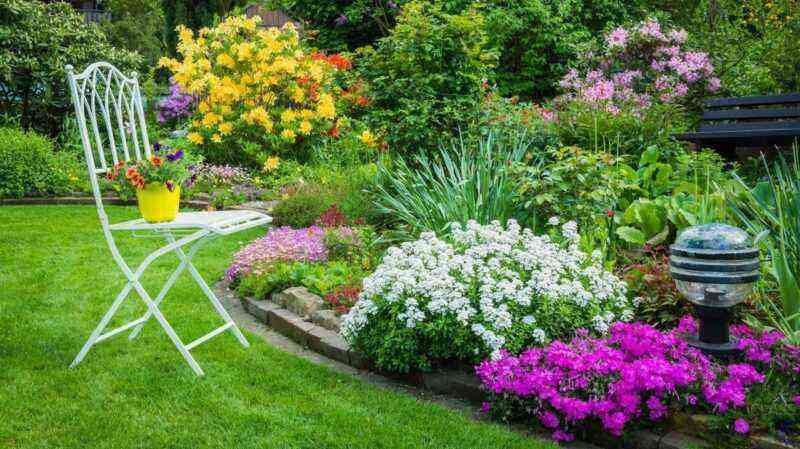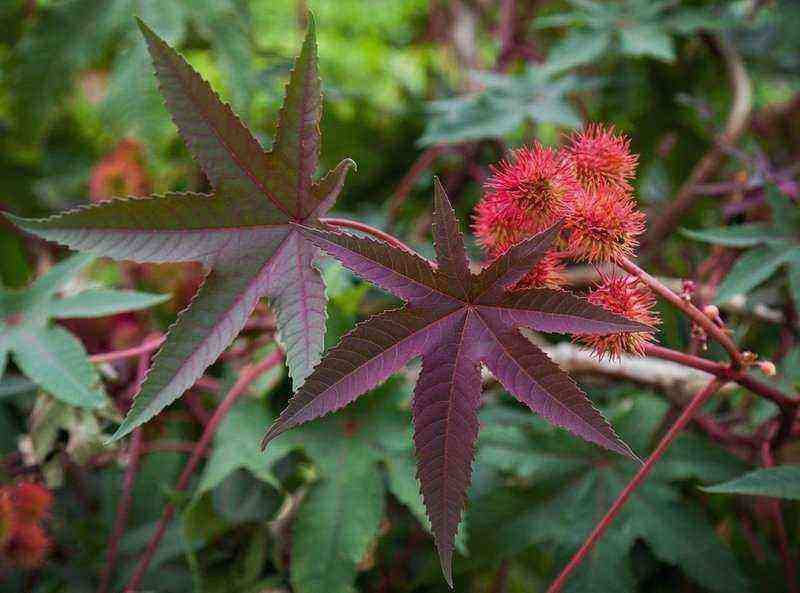The blooming beauty of the spirea looks very impressive and therefore it is indispensable for decorating garden plots of all sizes and styles. With the help of this ornamental shrub, landscape designers create lush openwork hedges, luxurious compositions in combination with other plants, or planted as tapeworms. Snow-white bloom in spring or pink cloud in summer, weaving of branches and elegant crown of this wonderful shrub will never be superfluous.
General principles of placement
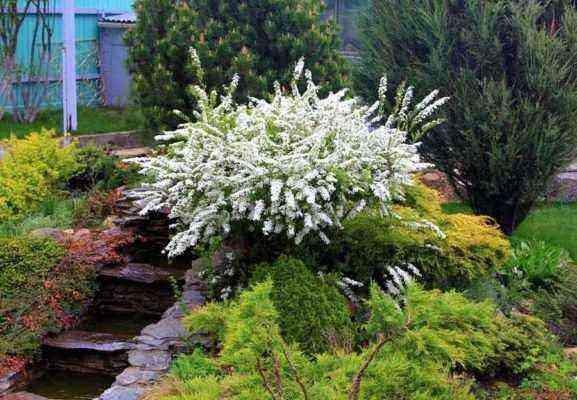

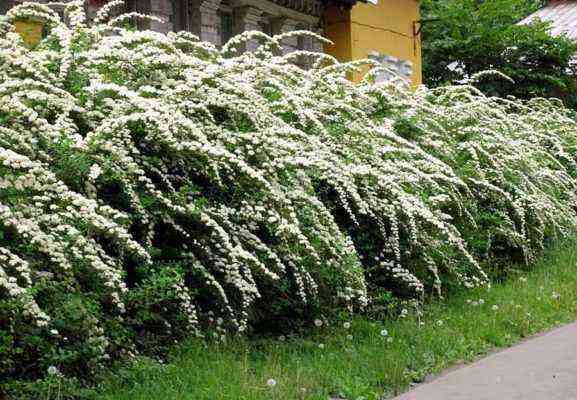
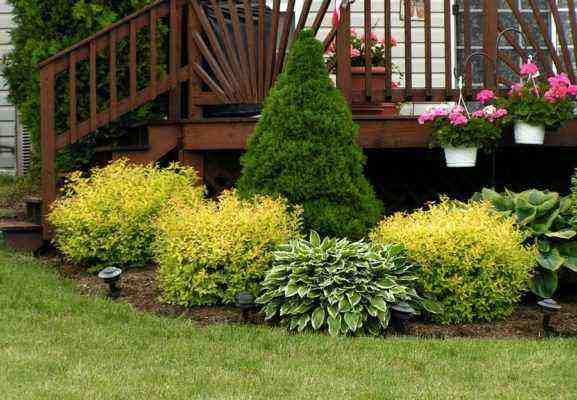
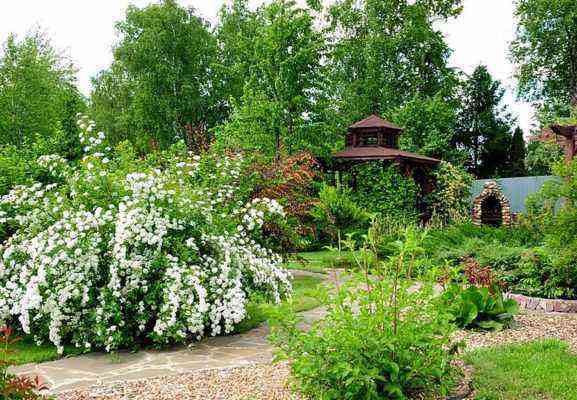
It is no coincidence that Spirea is so popular. In addition to beautiful flowering, and at different times, the plant is undemanding to care for. Different colors of inflorescences and leaves, the shape of the crown and the height of the bushes are far from all the positive qualities of the spirea. The shrub can be used in landscape design as you like.
Japanese spirea hedge “Goldflame”:
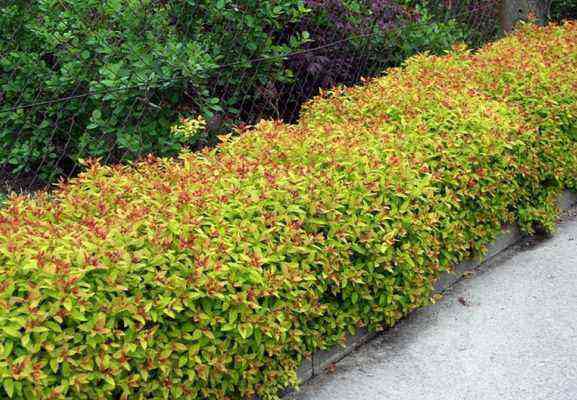
Spirea gray in the garden:
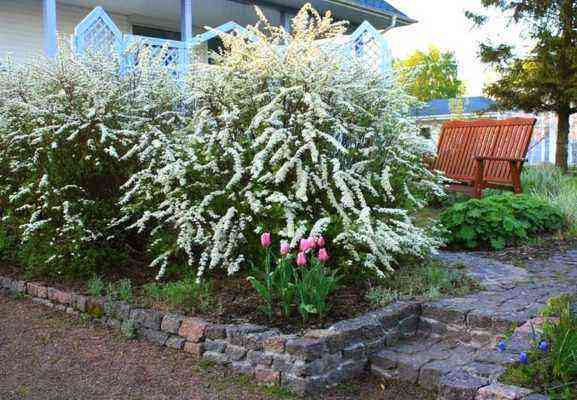
Spirea Japanese Golden Elf:
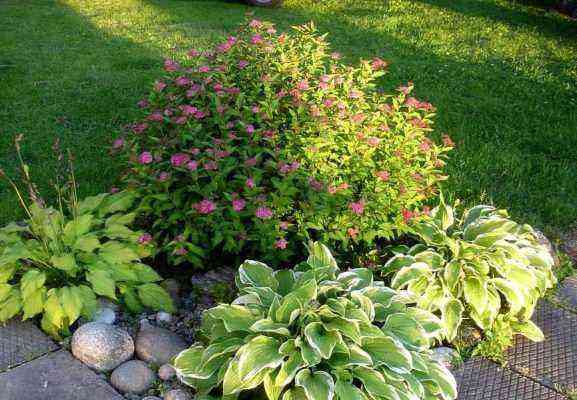
Spirea with conifers in landscape composition:

Spireas and hydrangeas in the garden:
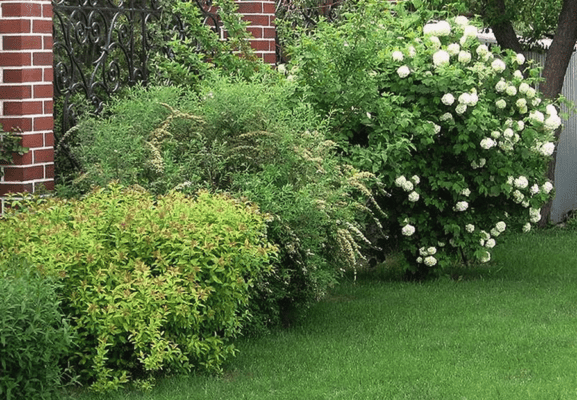
A wide variety of planting options allow you to use the spirea both in large parks and in summer cottages.
Spirea Japanese Golden Elf:
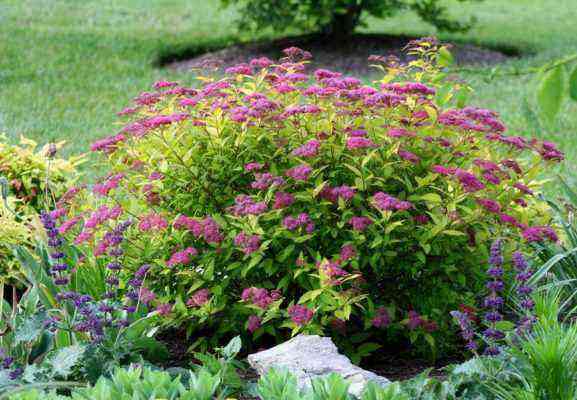
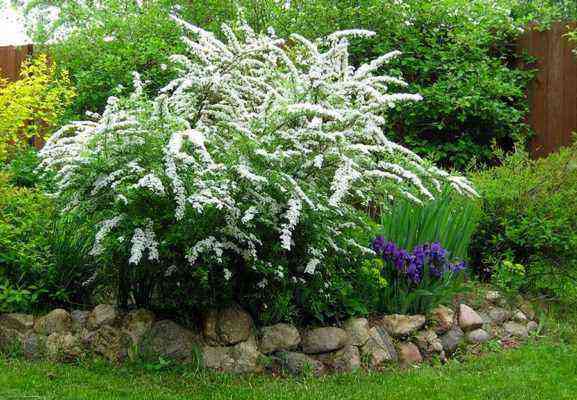
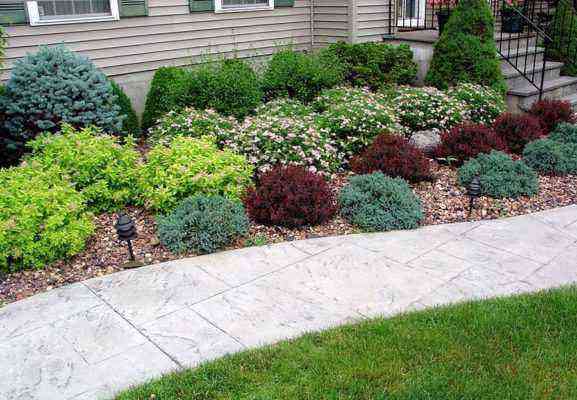
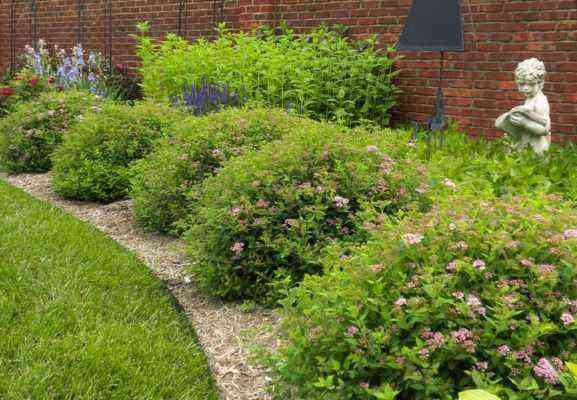

Spirea on curbs
Narrow strips of spirea borders beautifully line garden paths and flower beds in parks and gardens. On small backyards, curbs can be used as hedges. It is best to decorate the borders with Japanese spirea – this is a low shrub with dense and dense foliage of various shades.
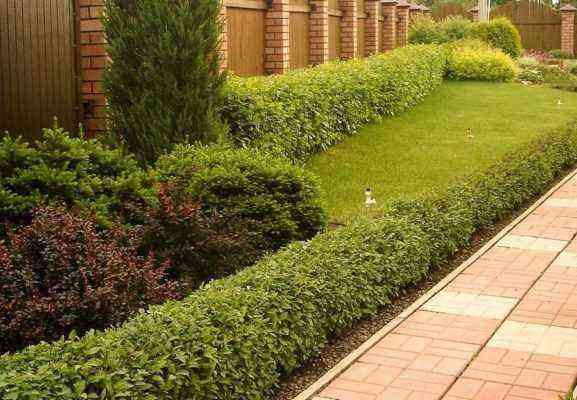


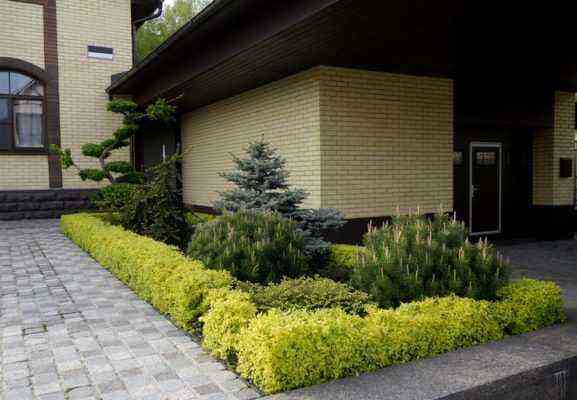

Spirea in mixborders
Spirea can be planted in mixborders both in the foreground and in the background due to the huge selection of its varieties and varieties. Shrubs are placed in continuous rows, dotted, alternating with other plants, or placed as dotted accents.
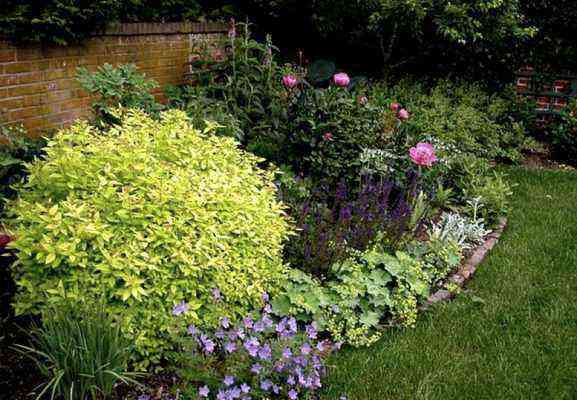
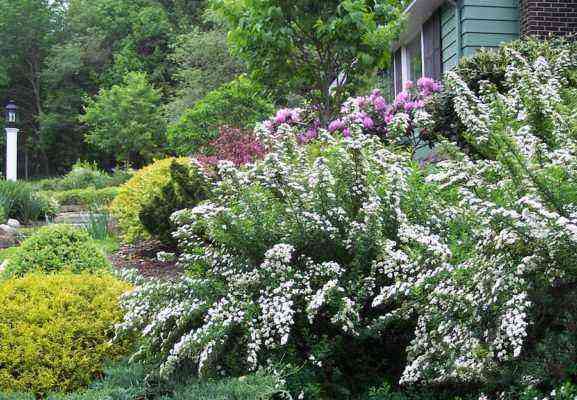
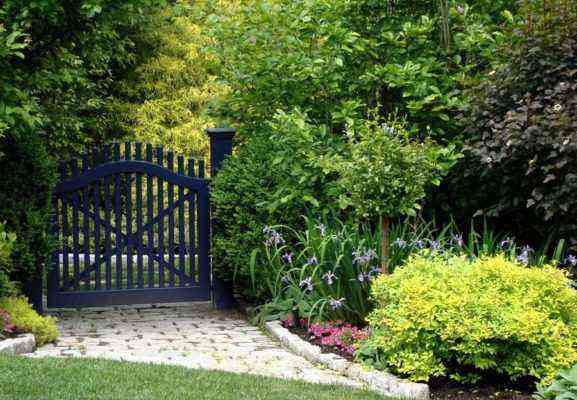
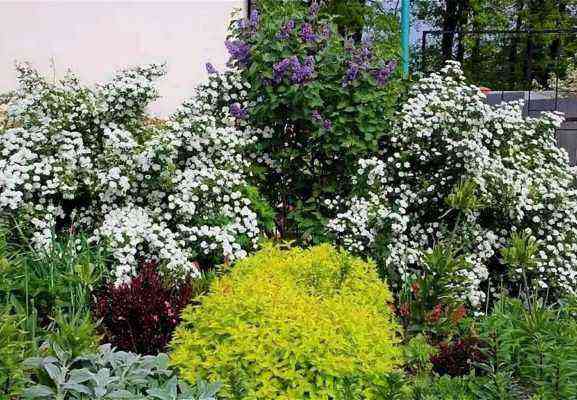
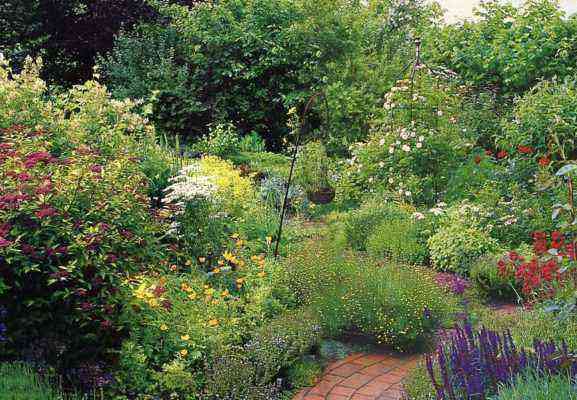
Bright flowers look favorably against the background of a shrub, and some types of spirea, such as nippon or gray, can themselves be a contrasting element in a mixborder.
Spirea Nippon Snowmound:
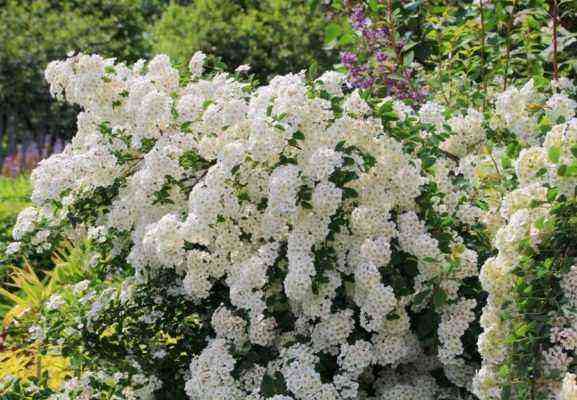
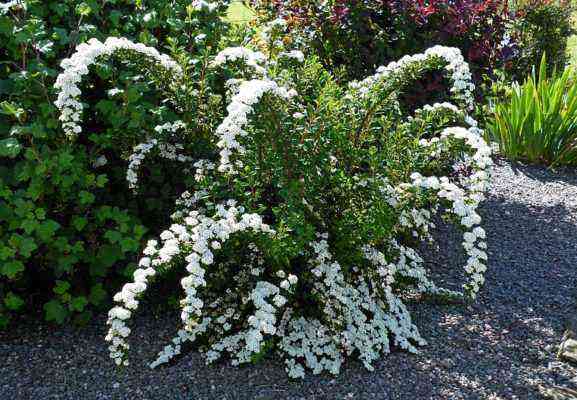
Spirea gray “Grefsheim”:
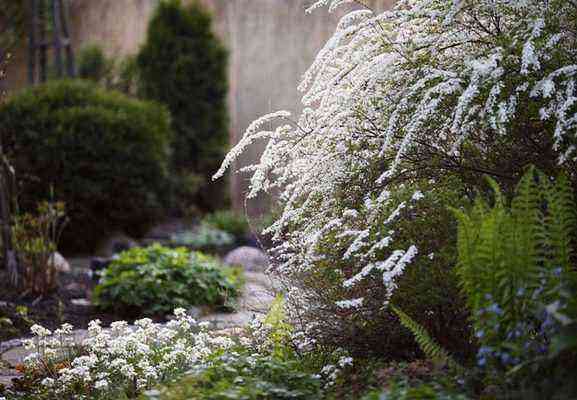
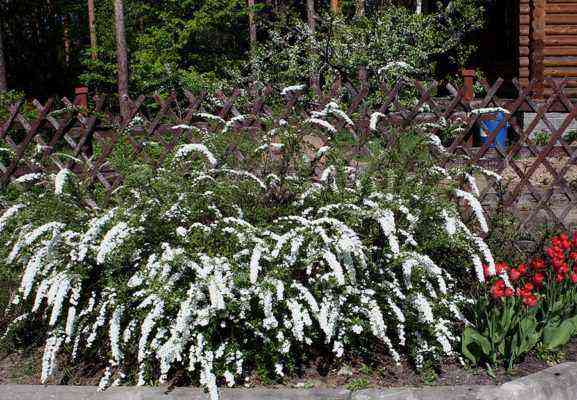
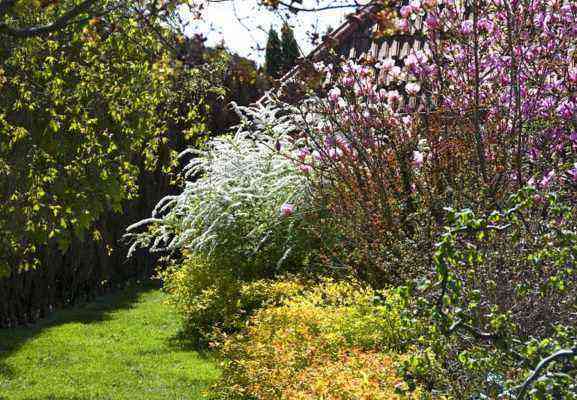
Spirea on flower beds and flower beds
Spirea is great not only as a tapeworm or hedge, but also in flower beds and flower beds of all sizes. The shrub is especially beautiful during the flowering period, but its dense crown with original leaves looks no worse. With the help of a spirea, you can create additional volume in a landscape composition.
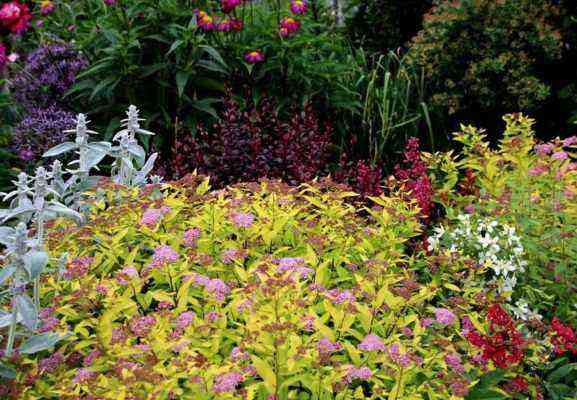
Spirea on a flower garden in a silver style:
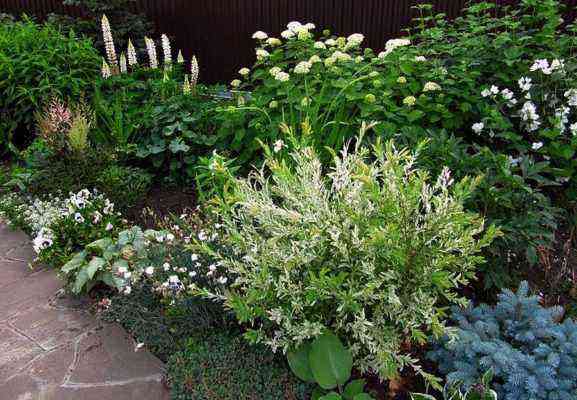
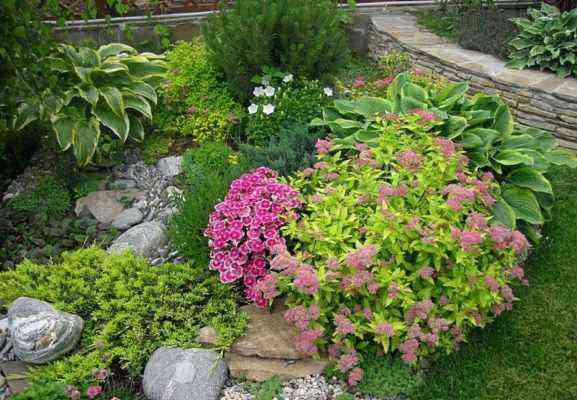


In addition to flower beds, the shrub looks good in the company of trees as a bright accent or undergrowth.


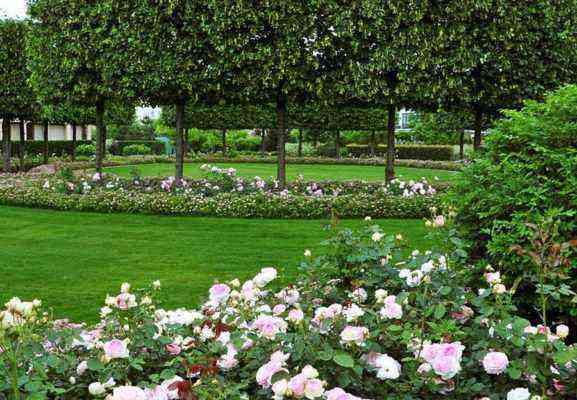
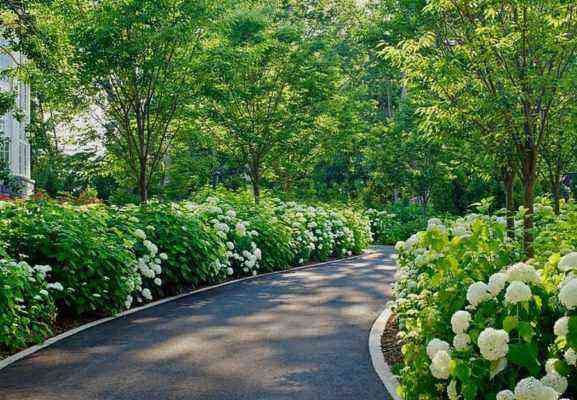
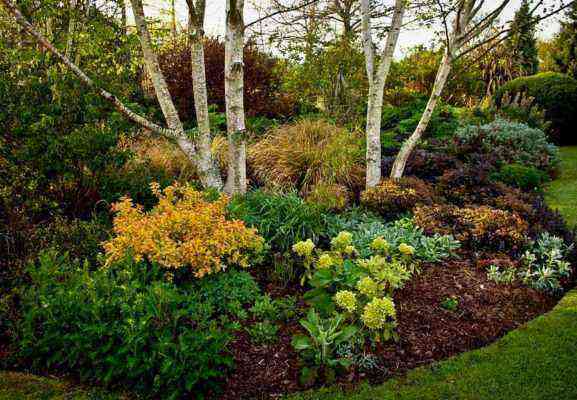
Spirea is, without a doubt, an important element in landscape design. The shrub does not require much maintenance and does not need frequent pruning. At the same time, the plant tolerates shaded areas and rare watering well. Pay attention to this wonderful shrub and plant it in your garden.

